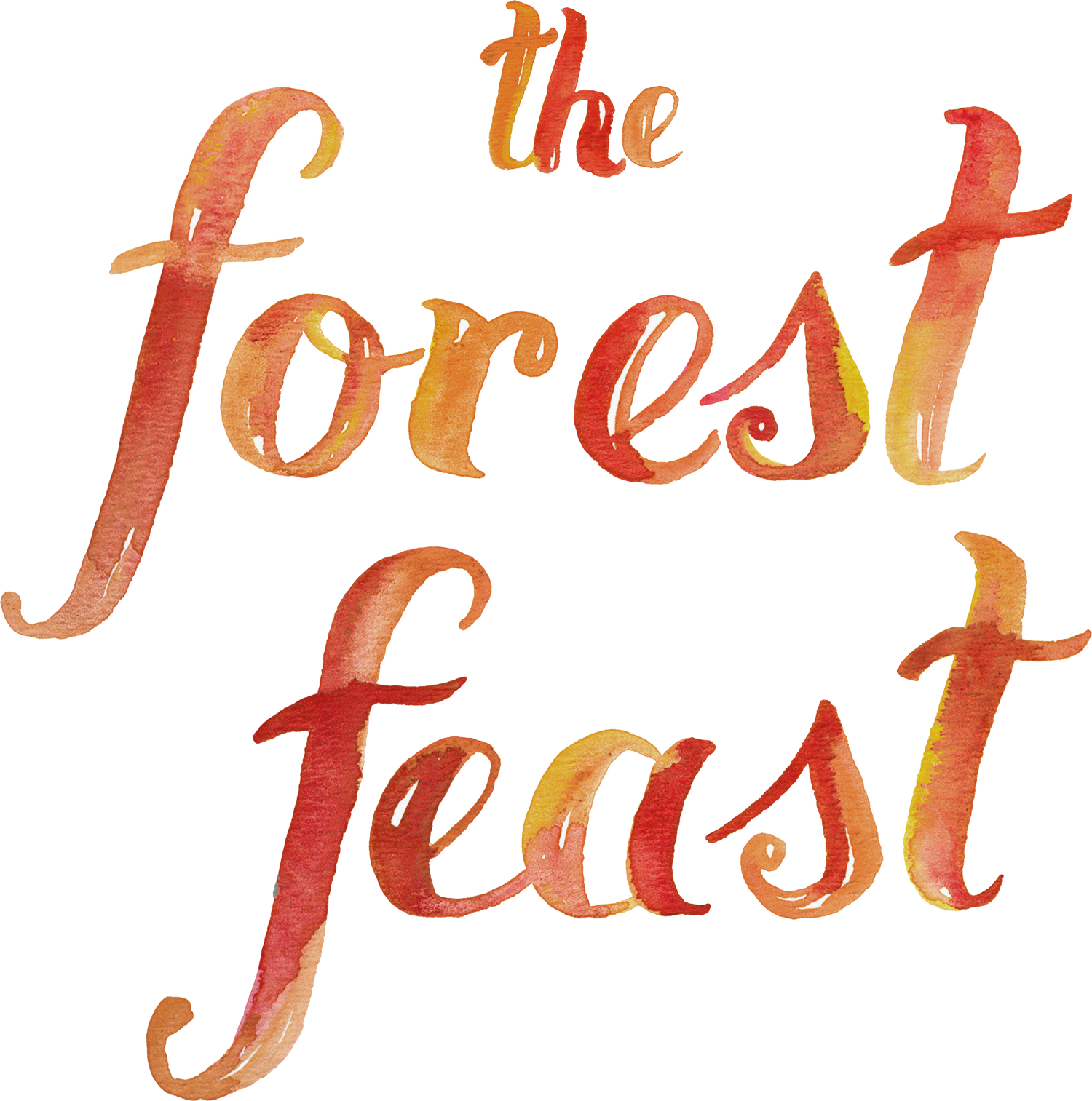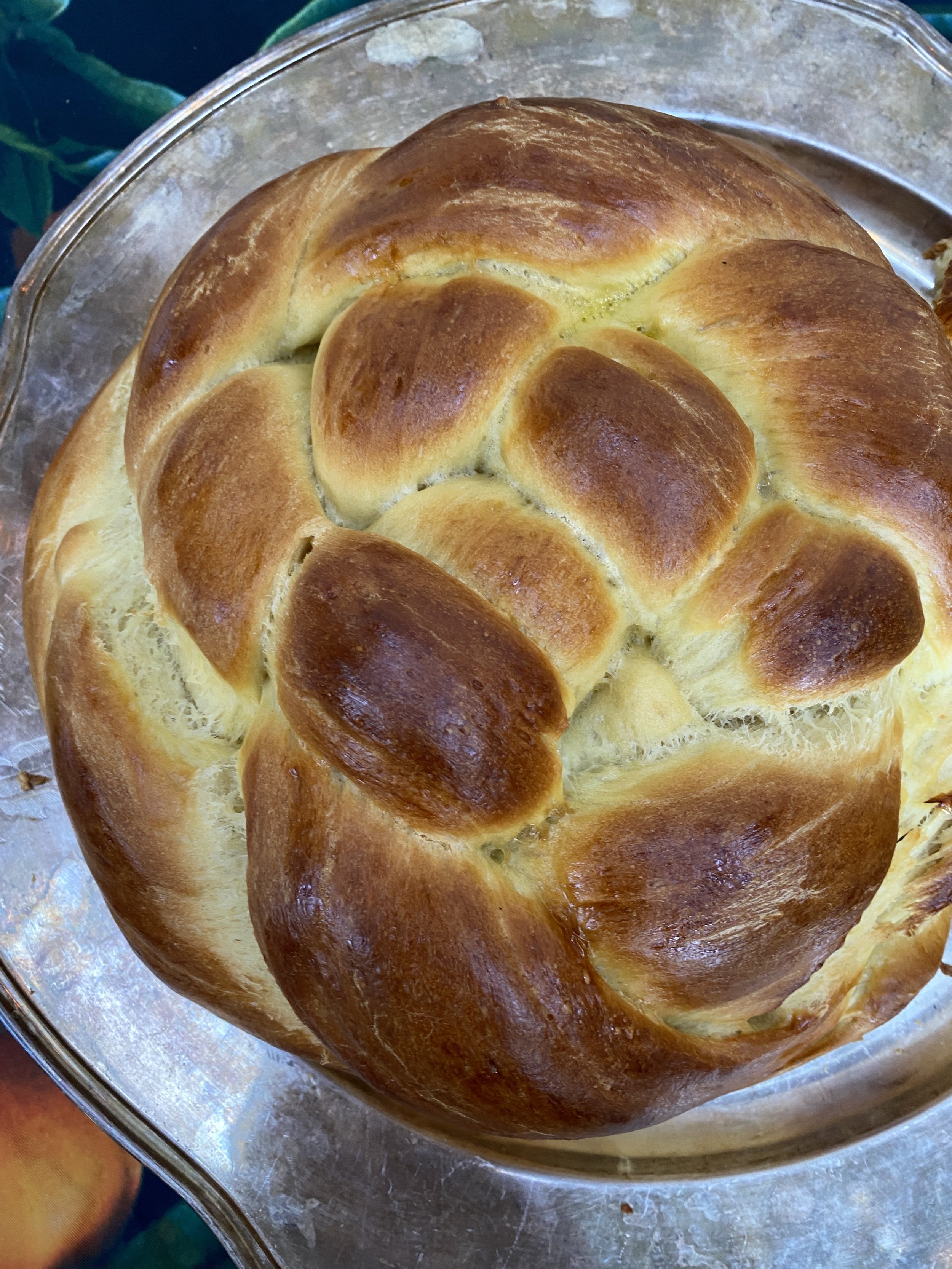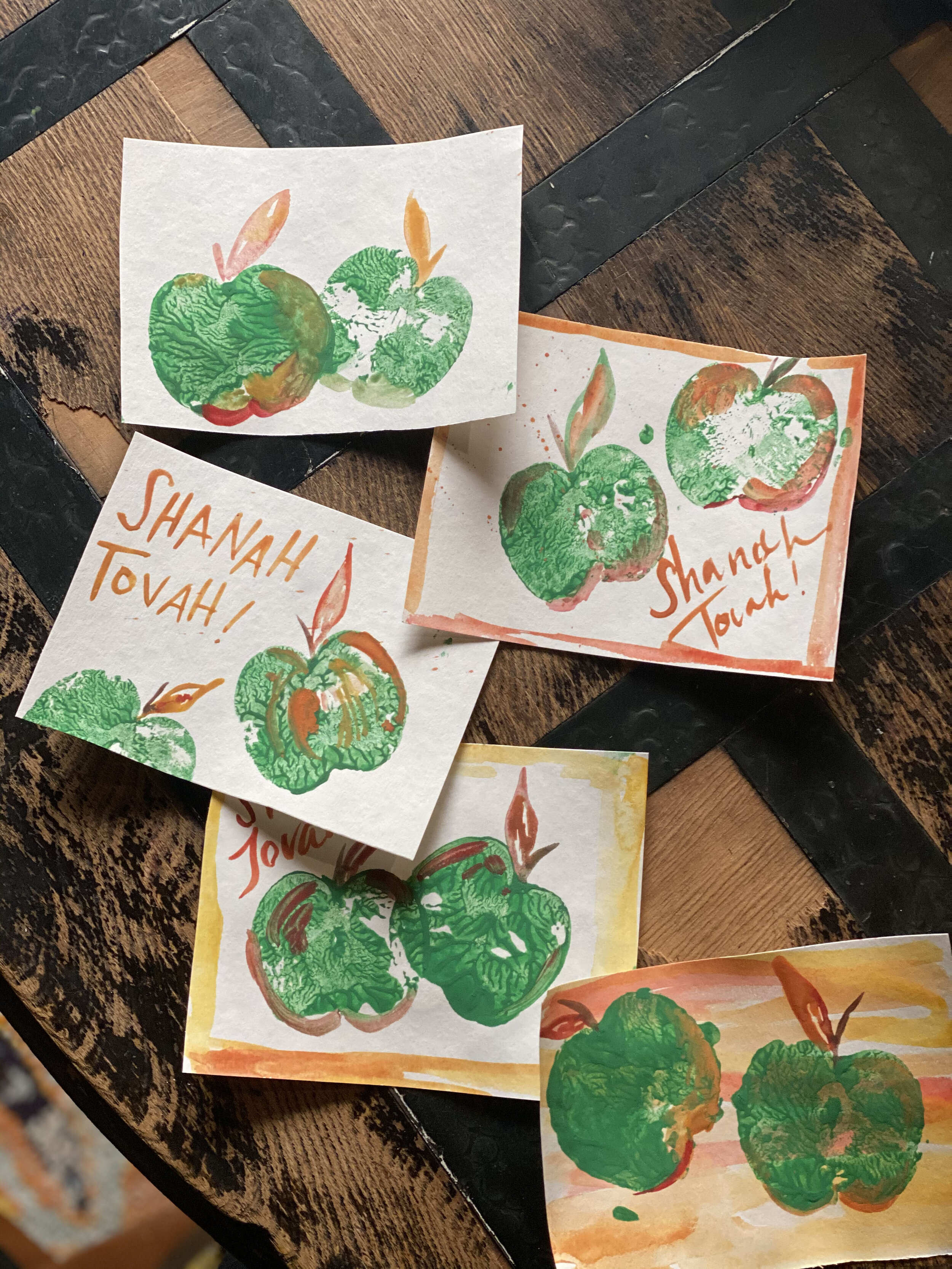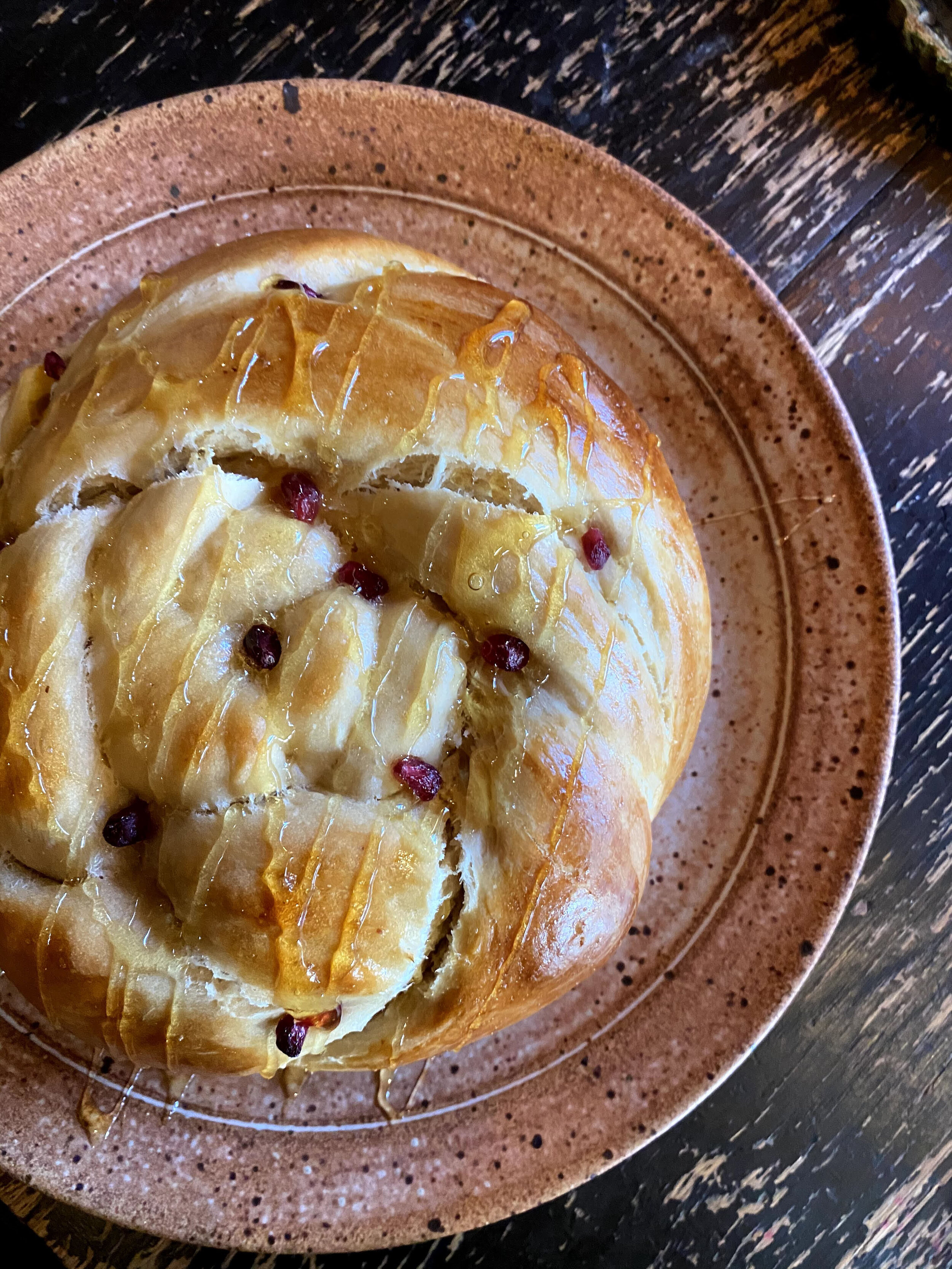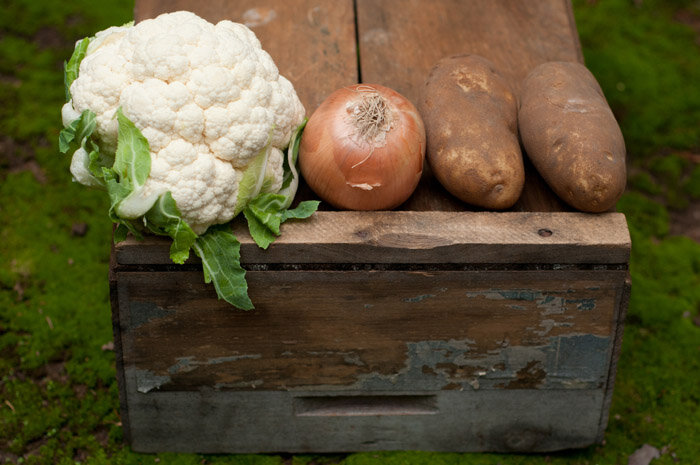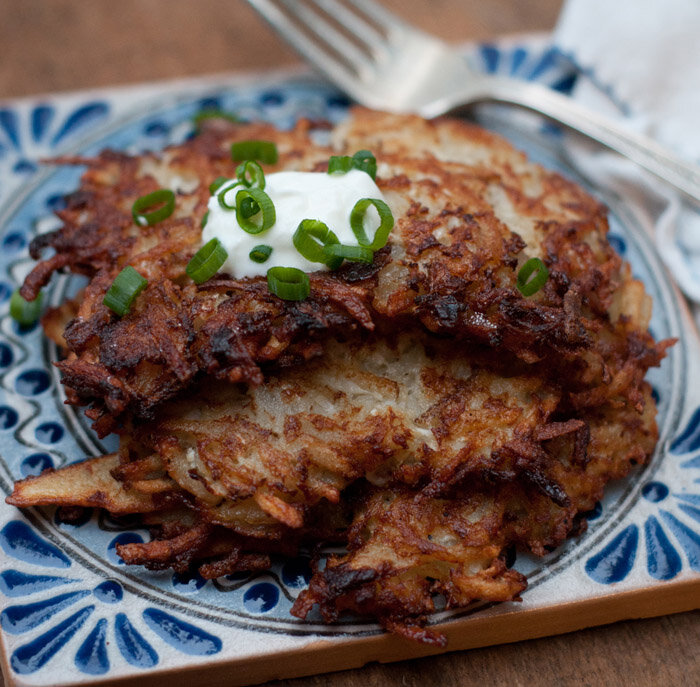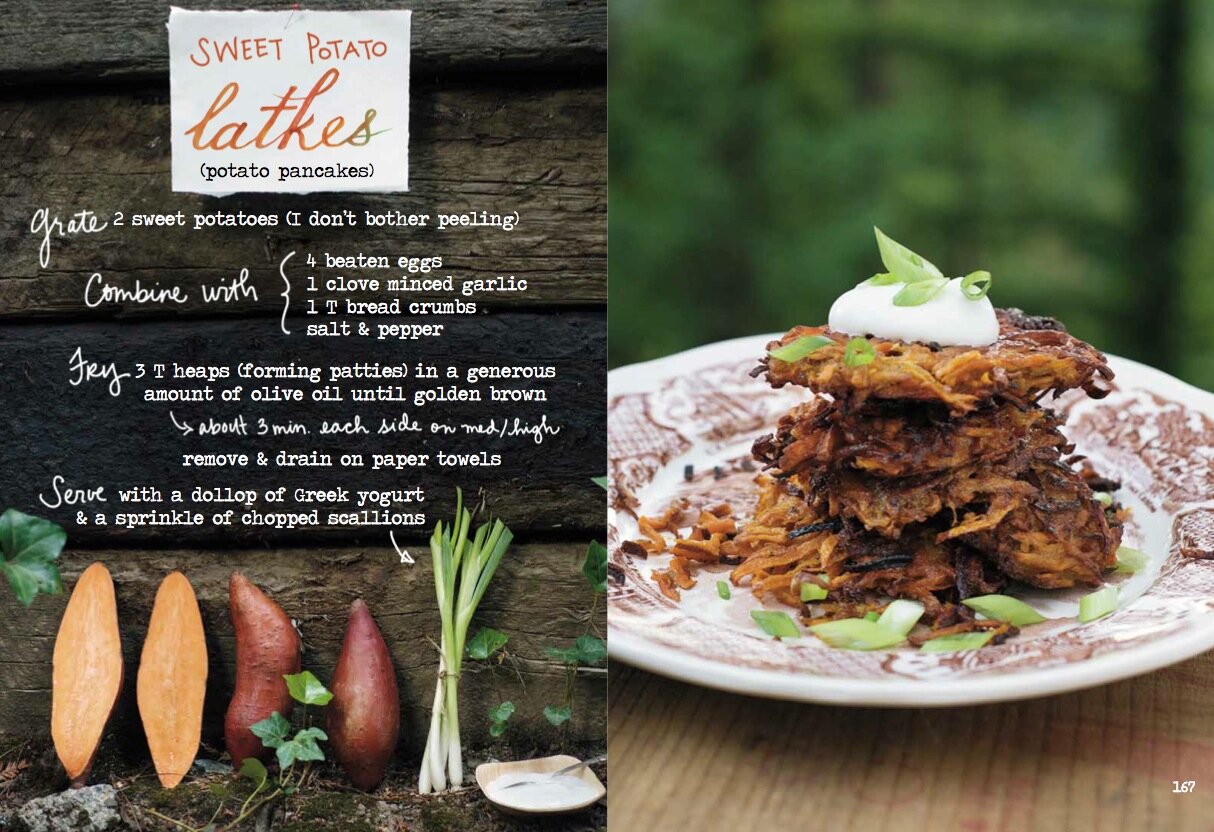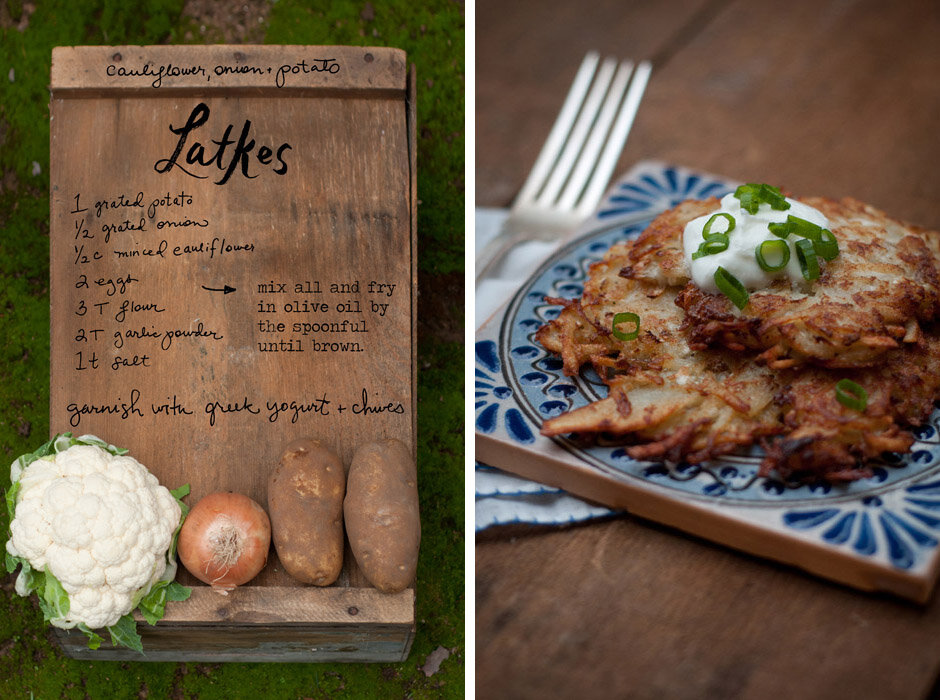I made a round loaf of challah last night for the Jewish new year, Rosh Hashana and when I posted it on Instagram, I got some questions about the recipe so I’m adding it here, below!
I still stand by my original challah recipe (last recipe in my first book ) however I’ve shifted the way I make it over the last several years. I make a slightly bigger loaf now that we have three kids and I have moved away from refined sugar. I also like to use rapid yeast now, so that it doesn’t take as long to rise. Below is my more recent recipe:
CHALLAH
Combine in a standing mixer—>
1 c water
1 packet rapid rise yeast
1/4 c honey or agave
1/3 c olive oil (or veg oil)
2 beaten eggs (but save about 1T of this for later)
1 t coarse salt
(plus bread flour, see note below)
Mix everything together and while the dough hook is spinning, slowly add bread flour. You can also use all purpose flour, but lately I like the texture that bread flour gives. I have found that Bob’s Red Mill flour is totally superior to all others I’ve tried (this is not sponsored!)! I don’t measure the flour but you need around 4 cups. Keep adding flour little by little until your dough turns into a ball and only sticks to the bottom of the bowl a tiny bit. Let the mixer run for another 10 minutes or so on low to “knead” the dough.
Next put your dough ball in an oiled mixing bowl (I use a spray oil and flip the dough ball to coat both sides.) I cover the bowl and put it in the oven (off) with the light on to keep it a little bit warm. Let it rise for about two hours or until it puffs up and seems about doubled in size.
Next, cut the dough into pieces, roll the pieces into ropes and braid it. On an average Friday night Shabbat I do a three-piece long braid. If I’m feeling fancy I’ll watch a YouTube video on a six strand braid, because I can never remember how to do it. For Rosh Hashana, I do a round loaf which symbolizes the cycle of the new year beginning.
Coat the top of your braided challah with that little bit of that leftover beaten egg. You can use a brush, but I just use my hands! Sprinkle with sesame seeds and/or coarse salt and bake at 350F for 30 minutes. (for a round loaf, 35 min) Eat it warm! And if you are like my kids, you’ll smother each bite in salted butter, also.
#shanatovah #challah #roshhashana
